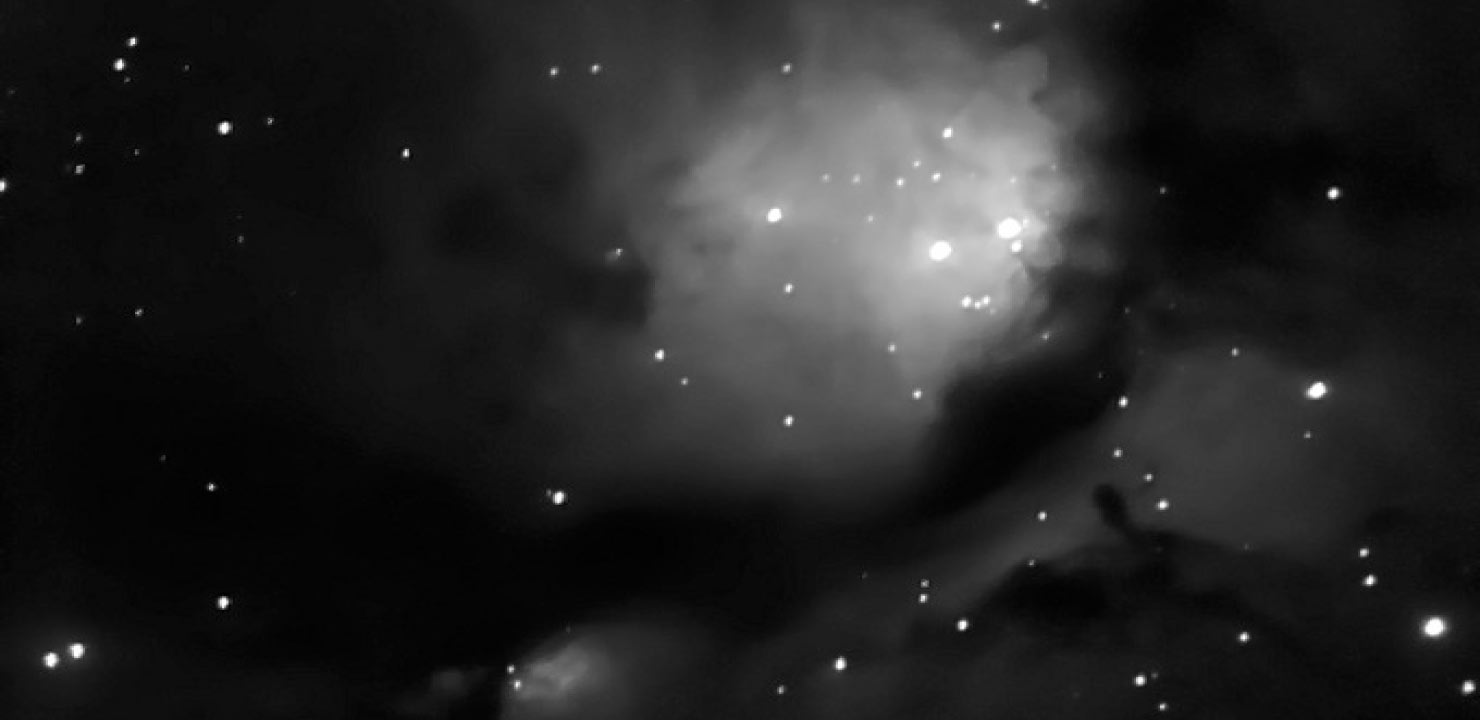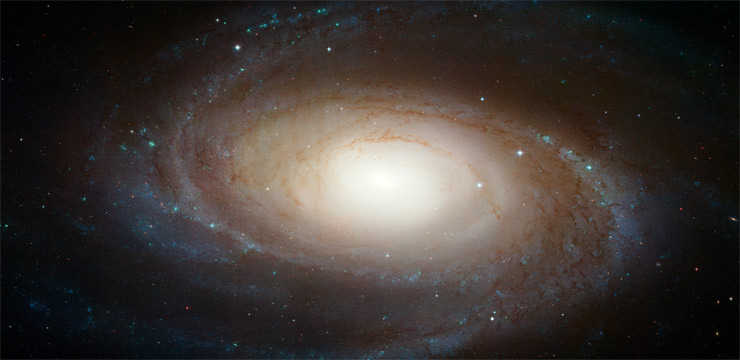The Sky in November
Meteor Showers
Leonids
Peaks November 16-18Taurids
Peaks November 5-12November Constellations & Folklore
By Francine JacksonObserving Projects for November
Some Bright Autumn Double Stars
: By Glenn ChapleSome Bright Winter Double Stars
: By Glenn ChapleM74: Galaxy in Pisces
: By Glenn ChapleA Selection of Double Stars in Cygnus
: By Glenn ChapleA Selection of Double Stars in Andromeda
: By Glenn ChapleStruve 817 Orionis
: By Glenn ChapleA White Dwarf You can Actually See!
: By Craig Cortis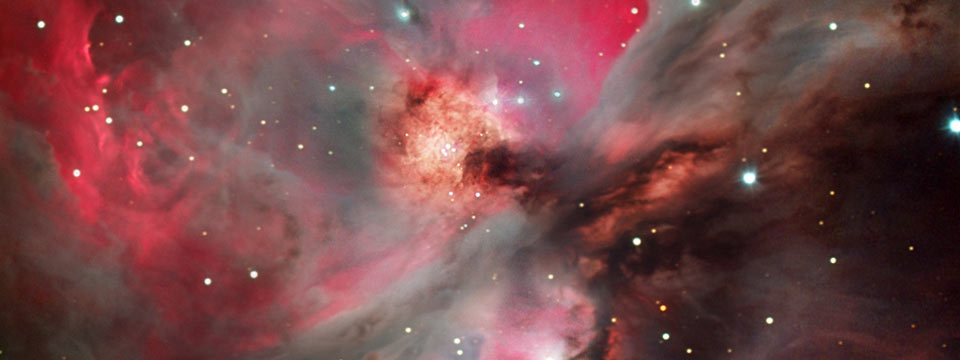
The Winter Circle
: By Dave HuestisEpsilon Pegasi: The Pendulum Star
: By Glenn ChapleCygnus X-1: A Black Hole You Can Find!
: By Craig CortisBeta Persei (Algol, the "Demon Star")
: By Glenn Chaple
NGC 7293: the Helix Nebula
: By Glenn Chaple
The “Little Big Dipper”
: By Jim HendricksonOmicron Ceti (Mira, the “Wonderful”)
: By Glenn ChapleCastor: alpha (α) Geminorum
: By Glenn Chaple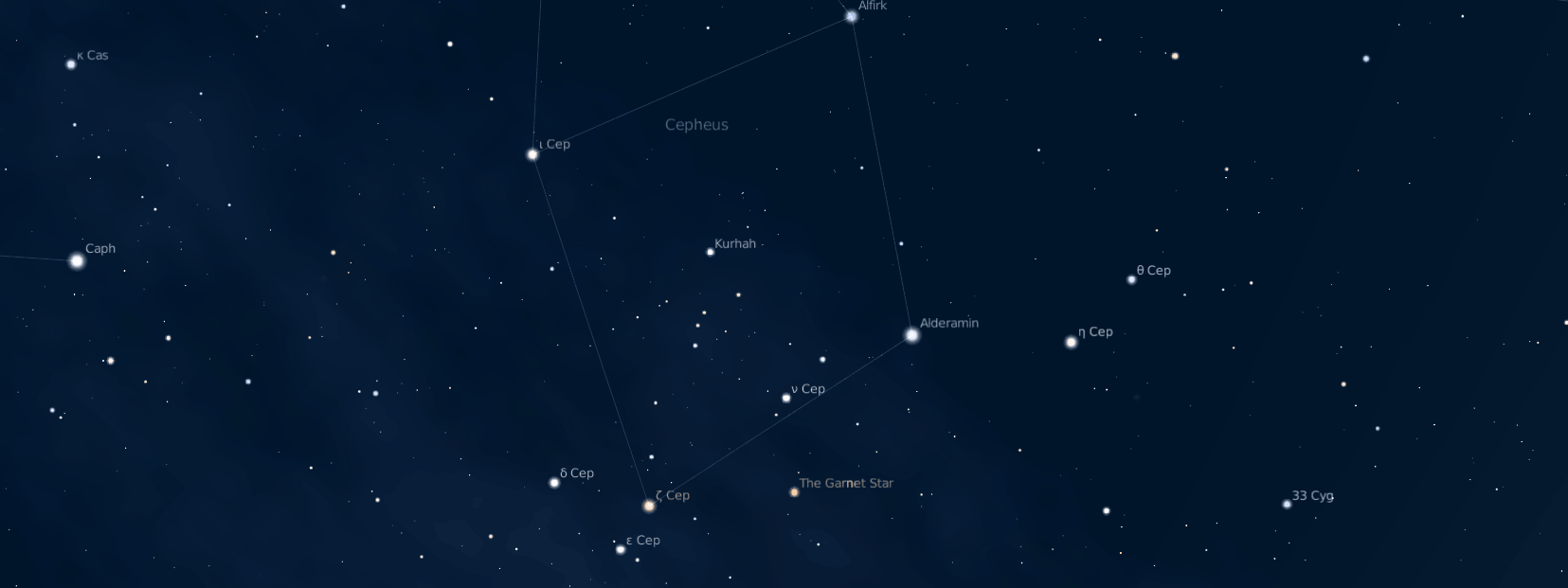
Delta (δ) and Mu (μ) Cephei
: By Glenn Chaple
NGC 457 (the “ET Cluster”)
: By Glenn Chapleβ Monocerotis
: By Glenn ChapleObserve Delta Cephei
: By Gerry DyckNovember Constellations & Folklore
: By Francine JacksonAlmach
: By Glenn ChapleM33: Galaxy in Triangulum
: By Glenn ChapleNovember Moon
: By Francine JacksonNGC 6939: Open Cluster in Cepheus
: By Glenn Chaple
NGC 891: Edge-on Galaxy in Andromeda
: By Glenn Chaple
Kaffaljidhma: Double Star in Cetus
: By Glenn Chaple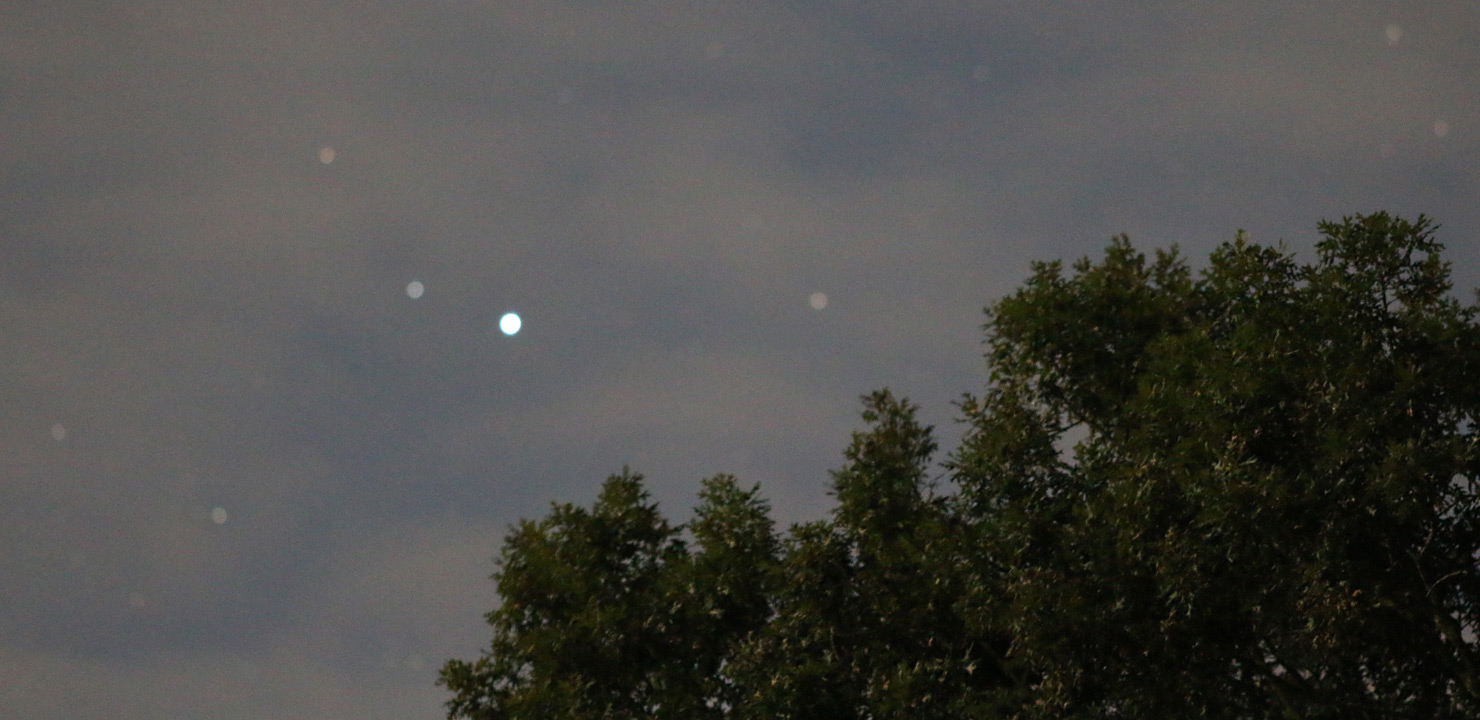
Fomalhaut
: By Francine Jackson
M31: The Great Galaxy in Andromeda
: By Francine Jackson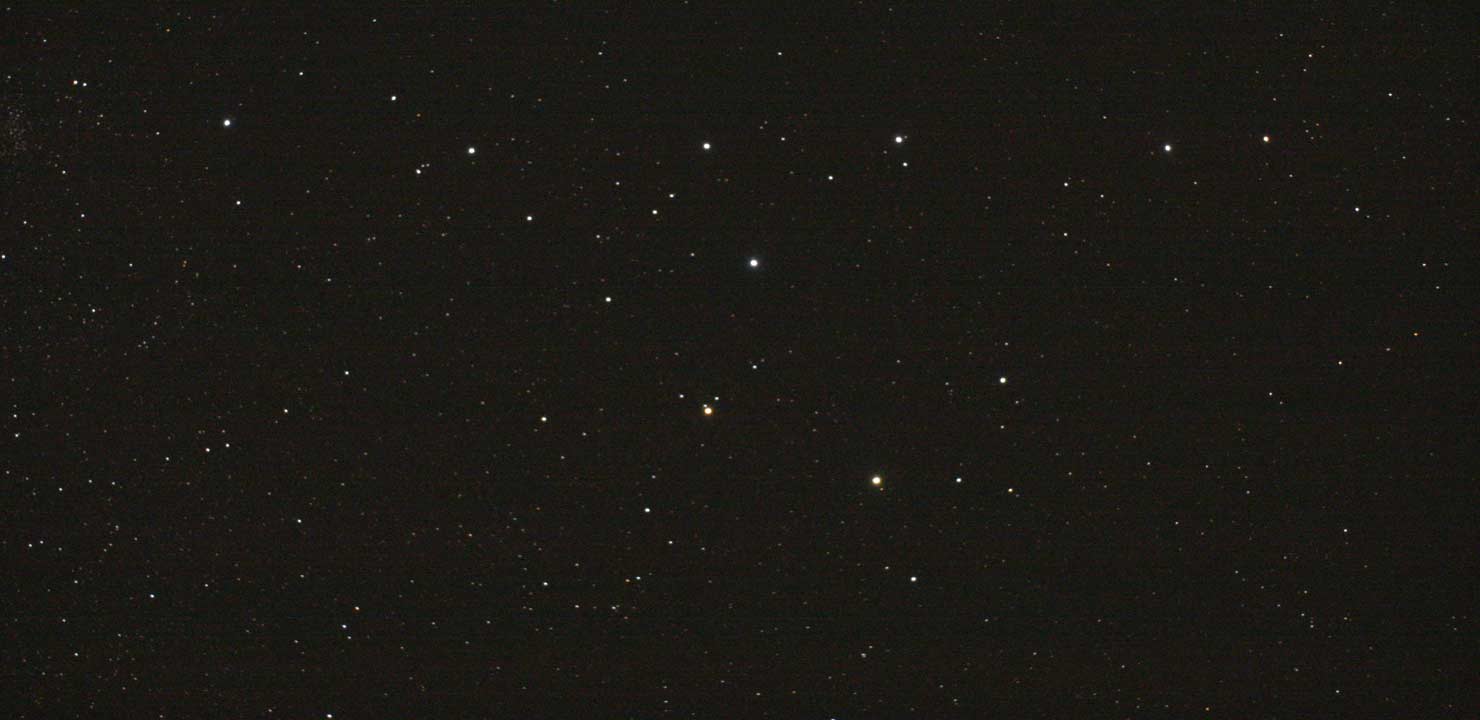
Coathanger Asterism in Vulpecula
: By Glenn ChapleNGC 6934: Globular Cluster in Delphinus
: By Glenn ChapleStruve 2816 and 2819: Triple and Double Stars in Cepheus
: By Glenn Chaple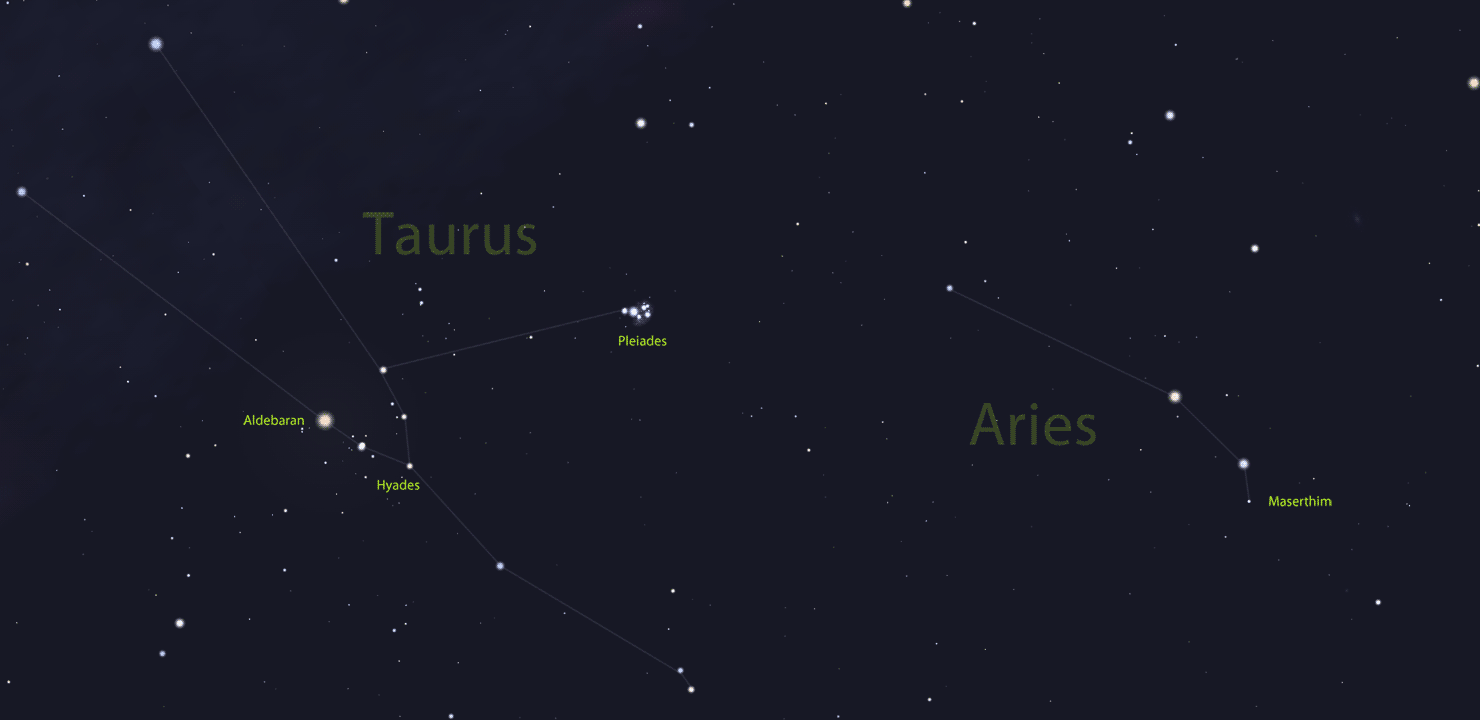
Maserthim (γ Arietis)
: By Glenn ChapleNGC 7662: the Blue Snowball
: By Glenn ChapleTriple Star 40 Eridani
: By Glenn Chaple